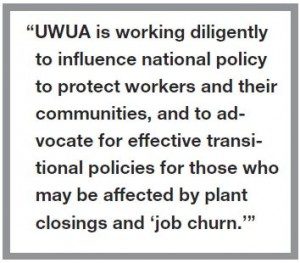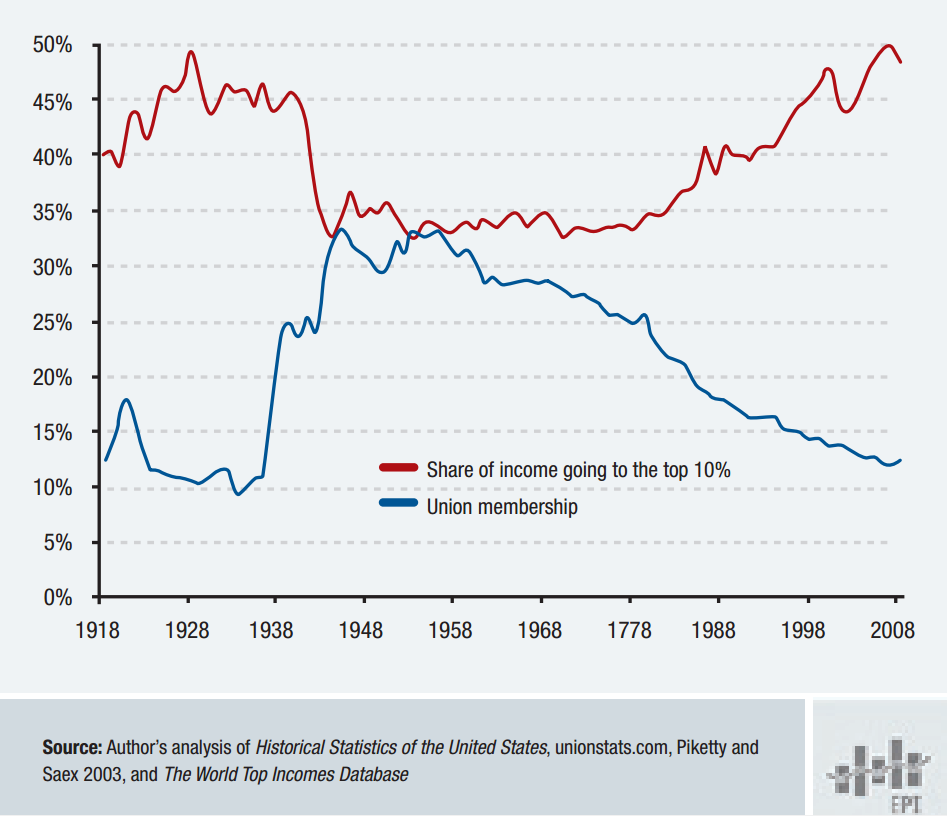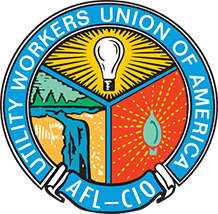 It is no secret that the energy industry is undergoing a significant transition with respect to how electricity is generated and how the consumption of electricity is managed. Utilities are spending billions of dollars in capital investment in natural gas powered generating facilities and billions more in developing wind and solar generation. Meanwhile, energy consumption is flattening, due to demand side technologies like smart grid applications and energy efficiency standards.
It is no secret that the energy industry is undergoing a significant transition with respect to how electricity is generated and how the consumption of electricity is managed. Utilities are spending billions of dollars in capital investment in natural gas powered generating facilities and billions more in developing wind and solar generation. Meanwhile, energy consumption is flattening, due to demand side technologies like smart grid applications and energy efficiency standards.
New challenges and opportunties As the industry continues to change, so do the type and quality of jobs necessary to support the industry. The fact that the UWUA’s sector of the energy industry is heavily regulated is beneficial with regard to good labor agreements and highly skilled, highly paid jobs. As a result, and because of the maturity of the industry, union density in the electric and natural gas sector of the nation’s economy is around 22%. That has helped the union ensure good paying jobs.
As utilities evolve, it is not a foregone conclusion that there will be job growth in a heavily unionized environment. Utilities are spinning off non-regulated subsidiaries in areas of new technology and/or setting up new organizational structures outside of the traditional labor-management collective bargaining relationship. This means that new opportunities and new challenges await the UWUA to ensure the union continues to grow and provide good paying family and community supporting jobs.

While the impact of so-called green jobs is controversial, experts agree that environmental legislation and/or policies and changes in technology are going to deeply affect national economies when it comes to power generation.
The result of these changes means that the “job churn” effect is likely to be experienced, both across sectors and within the same industry; that is new jobs will be created, some occupations may be replaced, and others will disappear without any replacement, while still different ones will change in terms of job content, required skills and work methods. Where new job growth takes place does not necessarily mean that growth will take place where jobs disappear.
This is why the UWUA is working diligently to influence national policy to protect workers and their communities, and to advocate for effective transitional policies for those who may be affected by plant closings and “job churn.”
There is much discussion about the growth of so-called “green jobs.” But “green jobs” don’t necessarily equate to good jobs. What kind of jobs are we talking about? The “blue collar jobs with a green purpose” include: smart grid, wind power, solar power, other non-renewable low carbon electric generation, building and industrial efficiency retrofitting, advanced vehicles, mass transit/rail freight, and advanced biofuels.
Make “green jobs” good jobs
So far, the renewable energy sector is a mix of multi-national corporations and smaller independent companies, where union density is similar to the national workforce average (6% in the private industry sector), and far below the mature energy sector.
The importance of ensuring that new job growth, including “green jobs” are good jobs, was the message carried forward by the UWUA at the 2015 BlueGreen Alliance Good Jobs, Green Jobs Conference, held on April 12 in Washington, D. C. The annual conference, attended by labor, environmentalists, business and policy makers, is an ideal platform to influence thinking on job growth and job transitions. Good jobs do not happen on their own, and many companies that have blue-collar jobs with a green purpose are not necessarily enlightened in good labor practices.
As the U.S. transitions its energy economy, it is critically important that good labor policy intersects with good energy policy. That means those who advocate for “cleaner” forms of energy must also advocate for high road jobs at the same time. What are high road jobs?
- Jobs that enable people to earn a family/community sustaining income in a safe and healthy work environment,
- In a climate that respects workers’ rights and collective bargaining, and jobs that are highly productive and provide added value in terms of innovation, quality, efficiency and productivity.
- UNION JOBS!
Attendees at the Good Jobs Green Jobs Conference were told it is not just about creating “green jobs” as an answer to climate change. Economic and environmental crises are two sides of the same coin and must be addressed simultaneously. Political and social solutions to address climate change can and must address unemployment, poverty, malnutrition and social inequalities. It is becoming clearer and clearer in the national discussion on income inequality that raising wages is key to fighting poverty and closing the ever-widening income gap for the shrinking middleclass.
Business people and environmentalists who otherwise consider themselves to be socially conscious were told by the UWUA that they need to be concerned about this stark reality, and collaborate with labor unions to demand that current jobs and new jobs in the clean energy sector are the type of high road jobs that only a union can provide. Otherwise, the promise of green jobs being good jobs is a hollow promise. Unions are the only effective advocate Americans have to address issues of income and opportunity.
Labor creates wealth Unions fight for fair wages and good benefits, and also encourage citizens to advocate for middle-class-friendly policies such as a strong Social Security system and family-leave benefits.
As Good Jobs Green Jobs participants heard from the UWUA, it is admirable to advocate for state and national policies that grow jobs in areas that are in cleaner forms of energy. However, it is something else to demand that those jobs are good paying, family and community supporting union jobs. Income inequality and environmental degradation go hand-in-hand. If people want to be sure of a cleaner, better world to leave to their children, then they will demand that income inequality is addressed simultaneously with a better environment. Only a strong labor movement can provide that.

